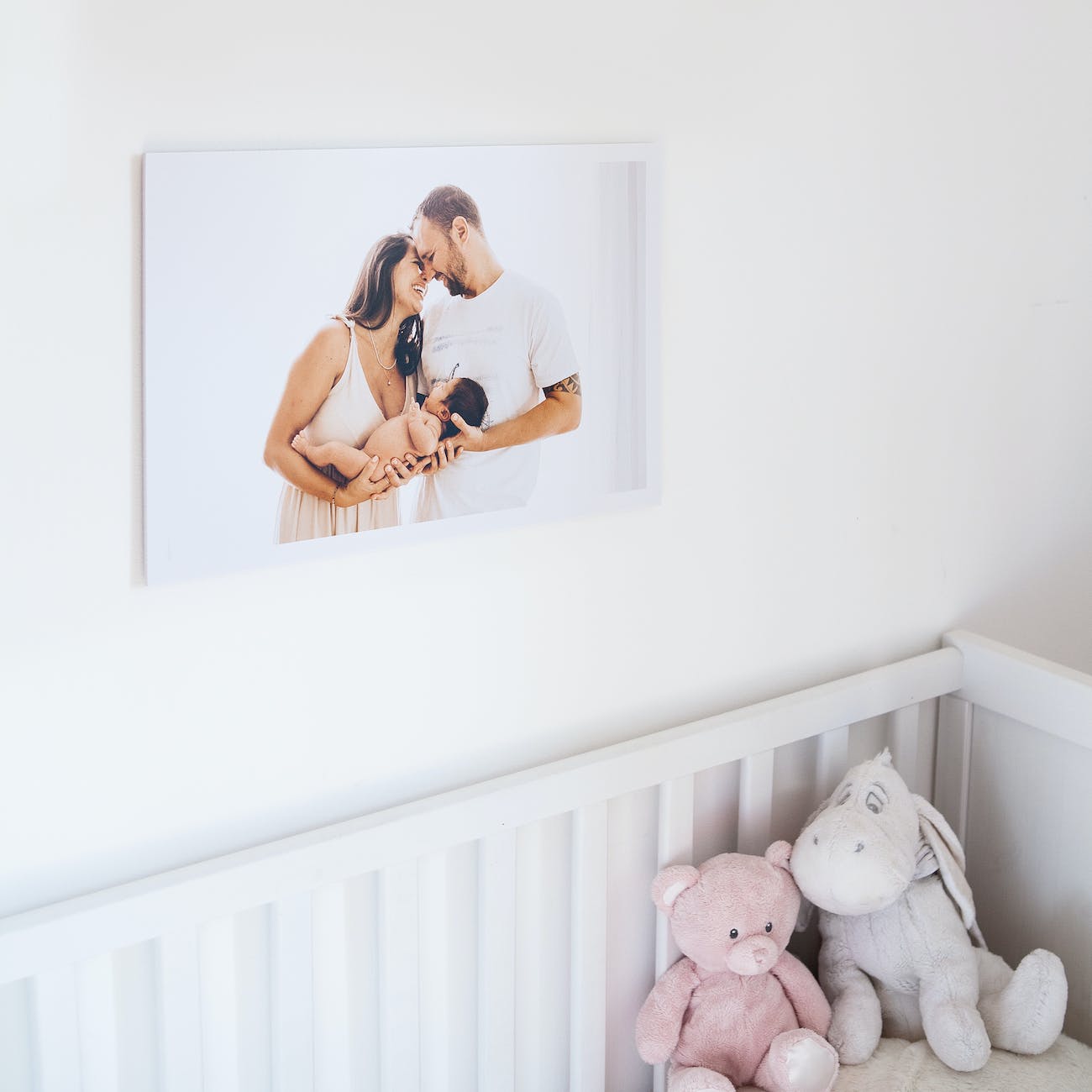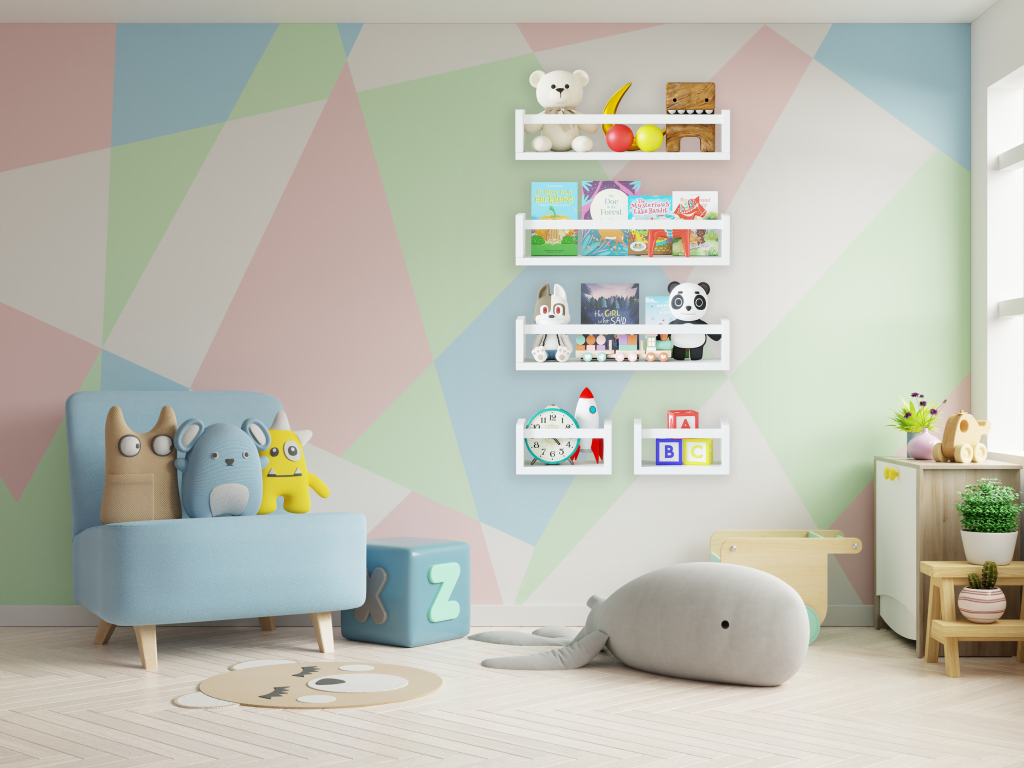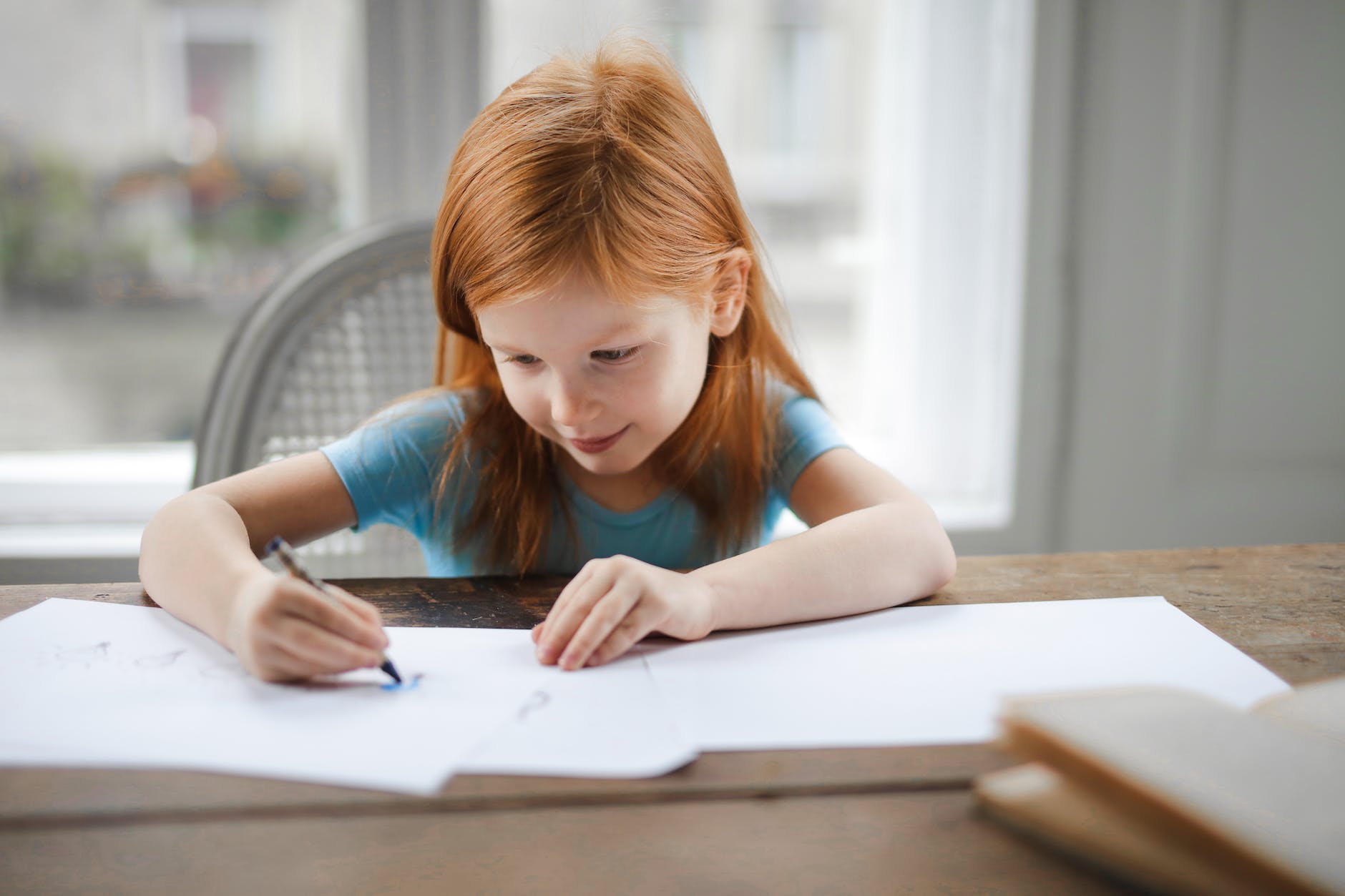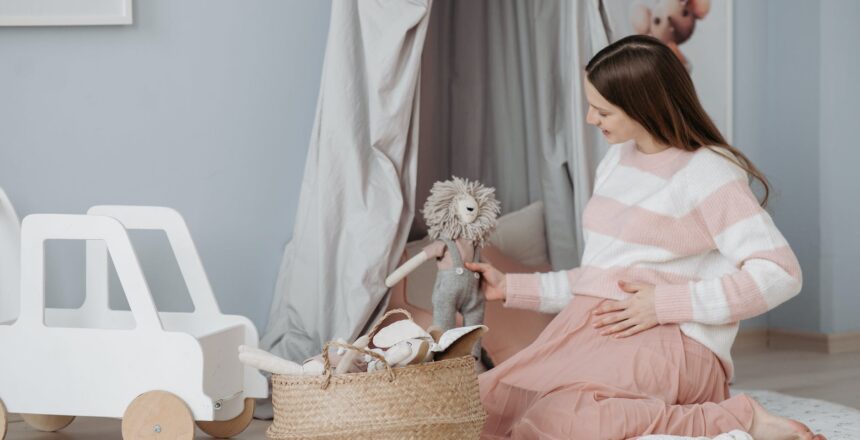Creating the ideal sanctuary for a precious little one is a journey filled with joy and meticulous attention to detail for parents. As time advances, nursery decor undergoes transformations that reflect current design sensibilities and the aspirations of today’s parents. The modern nursery is a synthesis of visual appeal, practicality, and coziness, striking a balance that appeals to both adults and infants alike. In this exploration, we embark on a journey to uncover the latest trends in nursery decor, each one encapsulating the essence of creating a truly enchanting and magical space for a child’s first room.
The evolution of nursery decor is a testament to the evolving tastes and preferences of parents. In the past, nurseries were often characterized by pastel colors, traditional motifs, and an emphasis on baby-centric elements. However, contemporary nursery design takes a more inclusive approach. It recognizes that the nursery is not just a space for the child but a shared space where both parents and their little ones can bond and create cherished memories.
A significant trend in modern nursery decor is a departure from gender-specific themes. While pink and blue may still have their place, neutral and gender-inclusive color palettes have gained prominence. Shades of gray, green, and earthy tones have become popular choices, allowing for greater flexibility and longevity in design. This shift aligns with the desire for nurseries that can adapt as the child grows, minimizing the need for frequent redecoration.
Functionality and organization are paramount in today’s nursery design. Parents are increasingly looking for furniture and storage solutions that serve dual purposes. Cribs with built-in changing tables or convertible cribs that can transform into toddler beds are highly sought after. This approach not only maximizes the use of space but also ensures that the nursery remains relevant as the child transitions from infancy to toddlerhood.
Incorporating natural elements into nursery decor is another noteworthy trend. Sustainable and eco-friendly materials are gaining popularity, reflecting a growing awareness of environmental concerns. Furniture made from solid wood, organic bedding, and non-toxic paint choices are becoming staples in modern nurseries. Furthermore, the inclusion of potted plants or nature-inspired wall art adds a touch of the outdoors, creating a soothing and calming atmosphere.
Personalization is a key theme in contemporary nursery design. Parents are eager to infuse their unique personalities and experiences into the decor. Customized wall art, monogrammed bedding, and DIY projects are avenues for expressing individuality and creating a space that tells a story. This personal touch fosters a sense of warmth and belonging in the nursery.

1. Embracing Minimalism with Nursery Book Shelves
A prominent trend in modern nursery decor is the embrace of minimalism, and this aesthetic is gracefully embodied by nursery bookshelves. Gone are the days of cluttered rooms filled with bulky furniture. Instead, parents are opting for sleek, multi-functional bookshelves that serve as both storage solutions and elegant display spaces. These nursery bookshelves, often designed in soothing pastel shades or featuring natural wood tones, contribute to the room’s serene ambiance without overwhelming it.
Minimalism in nursery decor is a reflection of a broader cultural shift toward simplicity and functionality. It celebrates the idea that less can indeed be more, especially in a space dedicated to the nurturing and development of a child. These streamlined bookshelves prioritize essential reads and cherished items while maintaining an uncluttered and visually appealing environment.
The choice of soft pastels or natural wood tones for nursery bookshelves aligns with the desire for a calming and harmonious nursery atmosphere. These understated colors create a soothing backdrop that complements other design elements and allows them to shine. In a minimalist nursery, every piece of furniture and decor serves a purpose and contributes to a sense of balance and tranquility.
Furthermore, the multi-functional aspect of these bookshelves is a testament to their adaptability and practicality. They can store not only books but also toys, keepsakes, and decorative items. This versatility makes them valuable additions to the nursery, optimizing space and organization without sacrificing style.
In essence, nursery bookshelves that embrace minimalism encapsulate the idea that simplicity and functionality can coexist in perfect harmony. They embody the concept that a nursery should be a serene and uncluttered space where essential items and cherished memories take center stage. These elegant bookshelves are not just pieces of furniture; they are a reflection of a design philosophy that prioritizes the well-being and comfort of both parents and their little ones.
2. Wall Bookshelf for Kids: A Vertical Wonderland
In today’s modern homes, where space is often at a premium, the utilization of every available square foot becomes crucial. Enter the wall bookshelf for kids, a design innovation that not only maximizes vertical space efficiently but also transforms it into a canvas for boundless creativity. These bookshelves, often sporting imaginative shapes like trees or clouds, serve a dual purpose, seamlessly combining practicality with artistic expression.
The appeal of wall bookshelves for kids lies in their ability to make the most of limited space. In children’s rooms, where play areas, study nooks, and storage solutions must coexist harmoniously, vertical storage is a game-changer. By affixing these bookshelves to the wall, parents can reclaim valuable floor space that might otherwise be occupied by traditional bookcases or storage units. This newfound space opens up opportunities for creative play and functional organization.
However, what truly sets wall bookshelves for kids apart is their potential to be more than just storage. These bookshelves are, in essence, interactive pieces of art. Their designs often incorporate whimsical shapes and motifs that capture the imagination of children. Tree-shaped bookshelves, for instance, can turn a corner of the room into a magical forest, where books are not just stored but become part of an enchanting landscape waiting to be explored.
3. Kids Bookshelves: Merging Play with Storage
the latest trend in kids bookshelves is a delightful fusion of play and storage. Imagine bookshelves that not only house literary treasures but also serve as multifunctional play spaces. These innovative designs are revolutionizing the way children interact with their books and their rooms, with remarkable benefits for both learning and organization.
The essence of this trend lies in the integration of play elements directly into the bookshelves. For example, some bookshelves come with attached reading nooks, cozy spaces where young readers can immerse themselves in stories. These nooks are more than just comfy corners; they are imaginative gateways to new worlds, encouraging children to lose themselves in the magic of storytelling. This close association between books and playtime fosters a deep love for reading from an early age.
Additionally, certain kids bookshelves take the concept a step further by incorporating built-in drawing boards or creative workstations. These bookshelves become versatile hubs for exploration, where children can not only delve into books but also unleash their artistic talents. These creative spaces promote cognitive development, allowing kids to express themselves visually and learn through hands-on activities.
The appeal of these play-centric bookshelves is undeniable. Children are naturally drawn to spaces that stimulate their imaginations, and when bookshelves become an active part of their play area, it transforms the room into a dynamic learning environment. It’s not just about storing books; it’s about encouraging active engagement with them.
Furthermore, the practical aspect of these bookshelves cannot be overlooked. In the quest for an organized and clutter-free children’s room, these multifunctional bookshelves provide a streamlined solution. They keep books, toys, and art supplies neatly contained in one place, simplifying the process of tidying up and instilling valuable organizational skills in young minds.

4. The Subtle Charm of Nursery Shelves
Beyond books, nursery shelves are now designed to hold an array of items, from plush toys to framed memories. These shelves often come in geometric shapes, adding a touch of modernity to the room. They can be adorned with fairy lights or garlands, making them a focal point in the nursery.
5. Floating Bookshelves for Wall: The Touch of Modernity
For those with a penchant for contemporary design, floating bookshelves for wall are the go-to choice. Their understated elegance and the illusion of books ‘floating’ in the air add a touch of whimsy to the nursery. Moreover, their adaptability means they fit effortlessly into any decor theme, from the most vibrant to the most muted.

6. A Return to Nature in Nursery Decor
A significant trend that has emerged in recent years is the inclination towards natural elements in nursery decor. Whether it’s wallpapers with botanical prints, cribs made of sustainable wood, or decor items crafted from organic materials, this trend is all about fostering a deep-rooted connection with nature from infancy.
Conclusion
The modern nursery is a testament to how design trends have evolved to prioritize both beauty and functionality. Whether it’s the space-saving genius of wall bookshelves or the serene vibes of minimalist book nooks, today’s nursery decor trends are all about crafting spaces that nurture and inspire. As parents curate these spaces for their little ones, they’re not just setting up a room; they’re laying the foundation for memories, dreams, and a lifelong love for all things beautiful.

